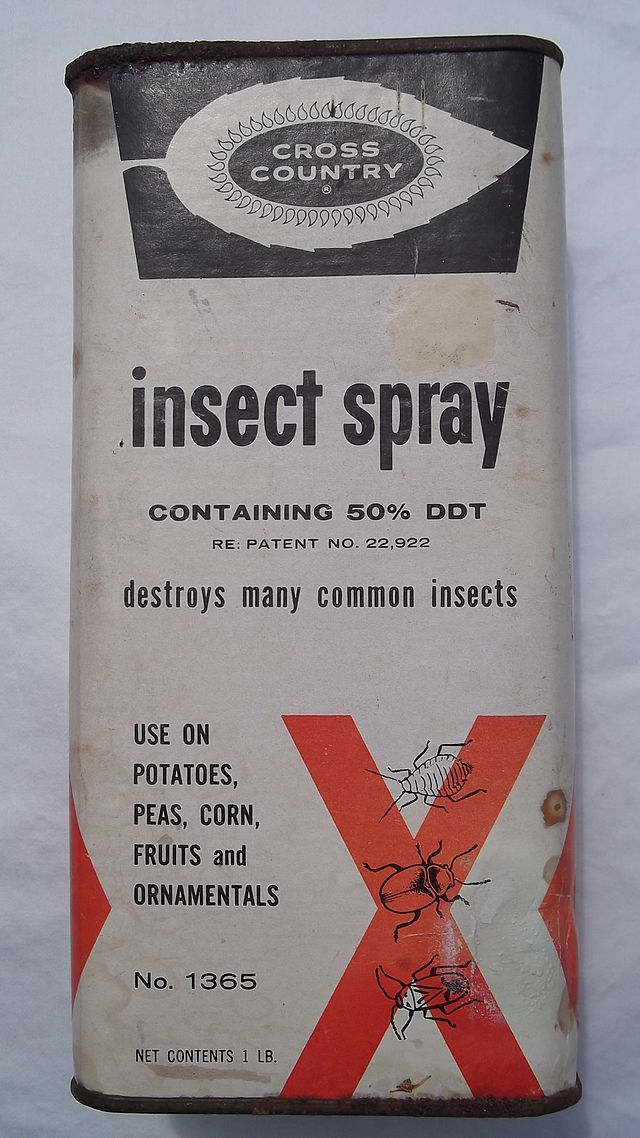Podcast: Play in new window
BOB HIRSHON (host):

Pesticides and obesity. I’m Bob Hirshon and this is Science Update.
Did the high levels of pesticide use across the 20th century contribute to the obesity epidemic? Perhaps, according to Washington State University reproductive biologist Michael Skinner. He hypothesizes that exposure to these chemicals may have caused permanent genetic changes during pregnancy, promoting obesity in future generations.
MICHAEL SKINNER:
In the 1950s, DDT and methoxychlor were used pretty heavily. And we had an obesity rate of less than 5%. Today we are now three generations removed from that exposure and our obesity rate is approachin g 40%.
HIRSHON:
To test his hypothesis, Skinner and his team exposed pregnant rats to the pesticides. Generations later, they found that over 15% of rats whose great-grandmothers had been exposed to methoxychlor developed obesity. And for DDT, obesity rates in the third generation topped 50%. It’s possible the pesticides have had similar transgenerational effects in humans. I’m Bob Hirshon, for AAAS, the science society.
